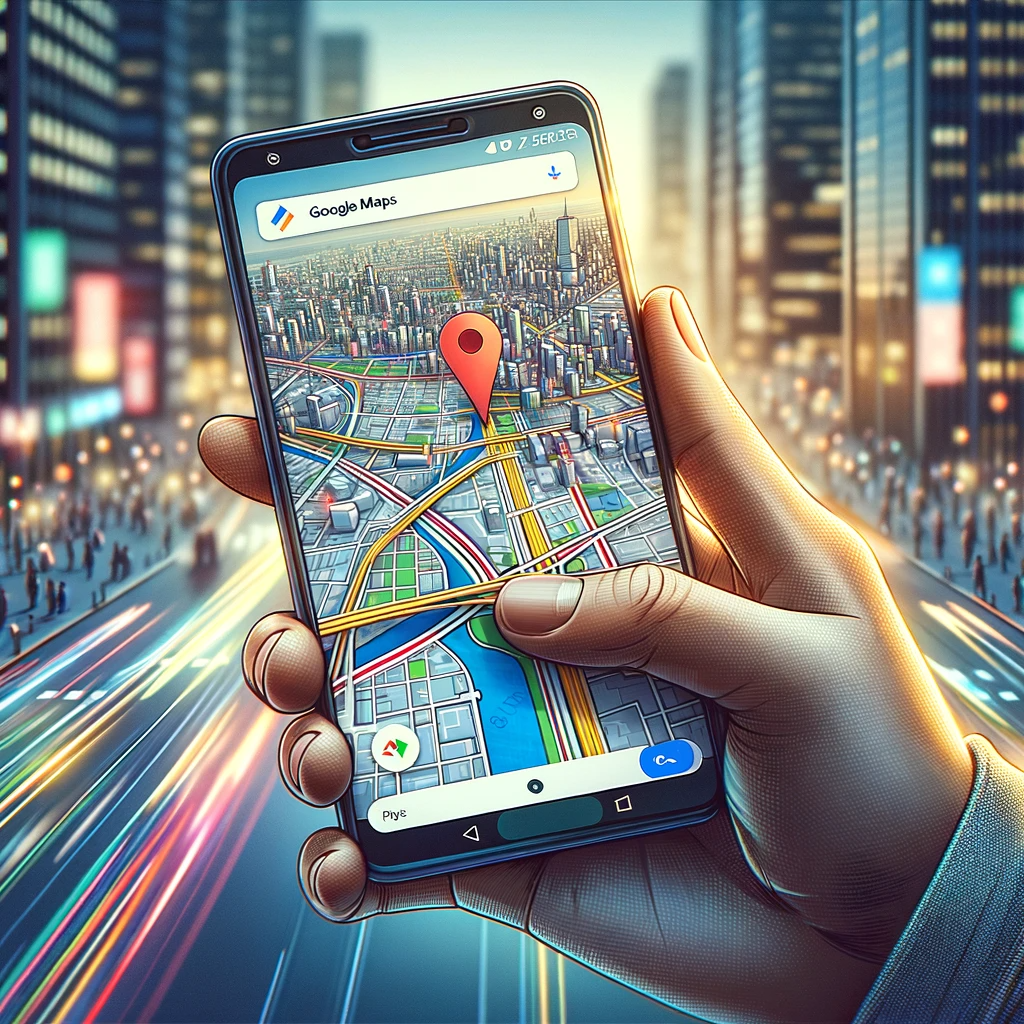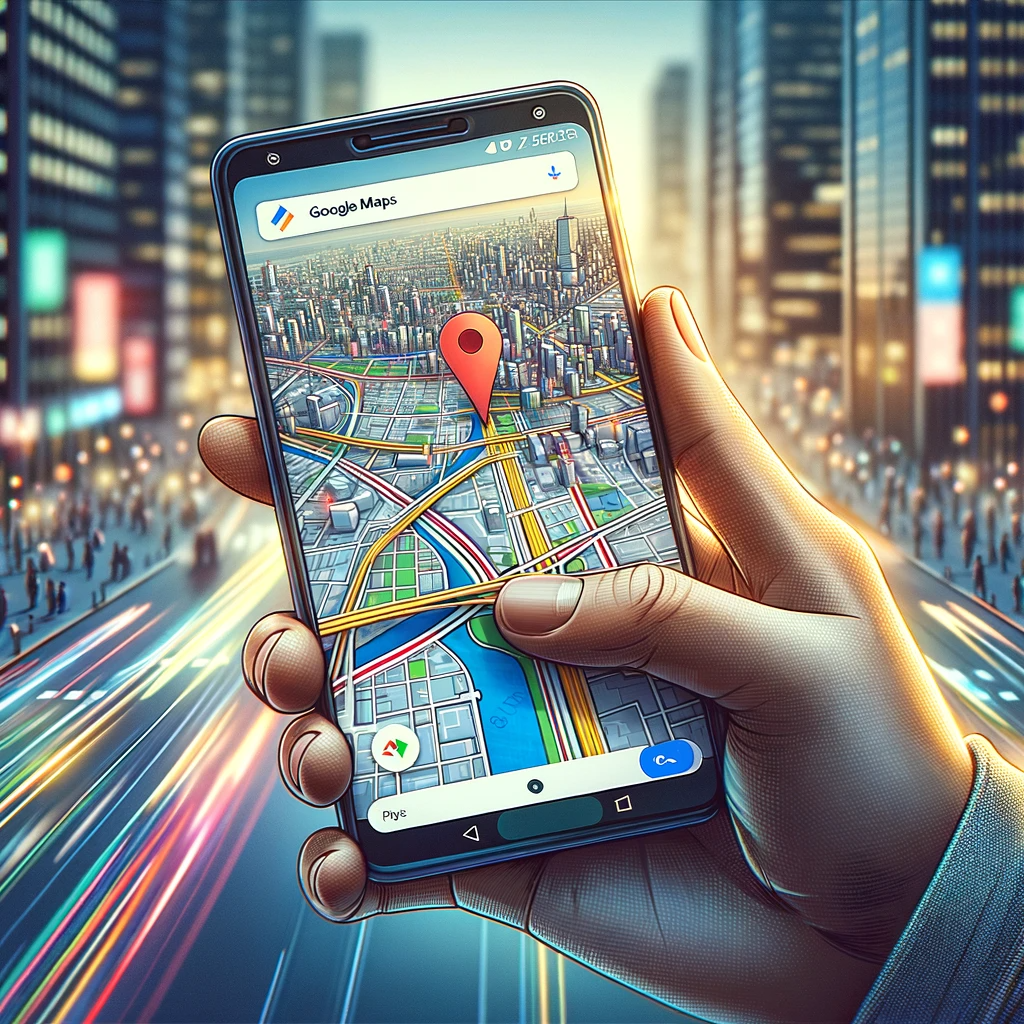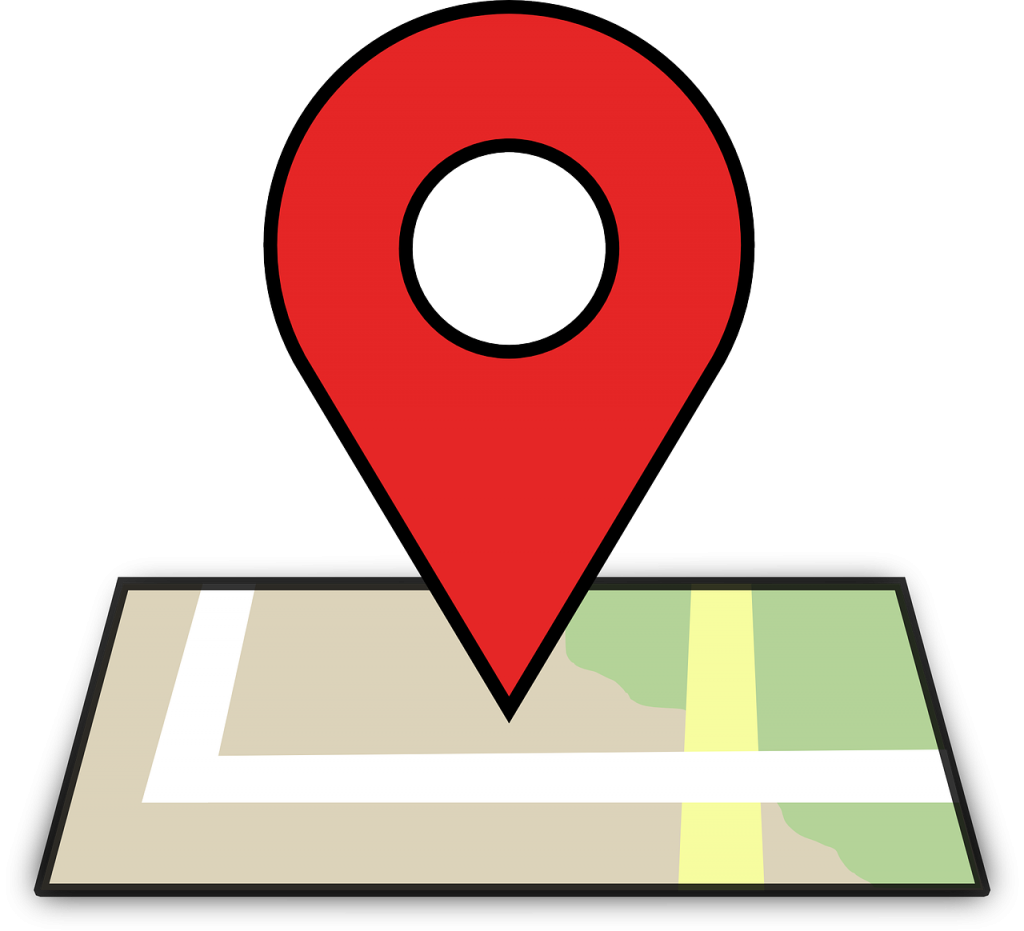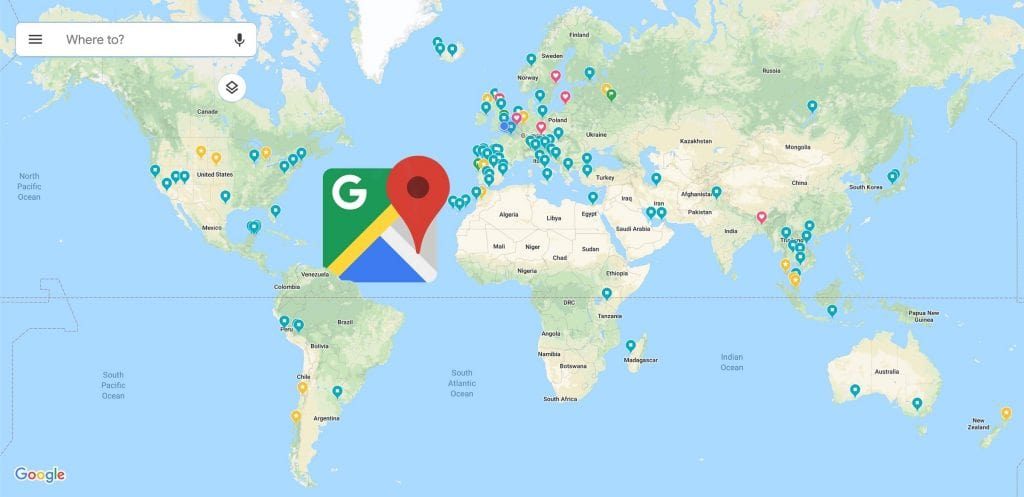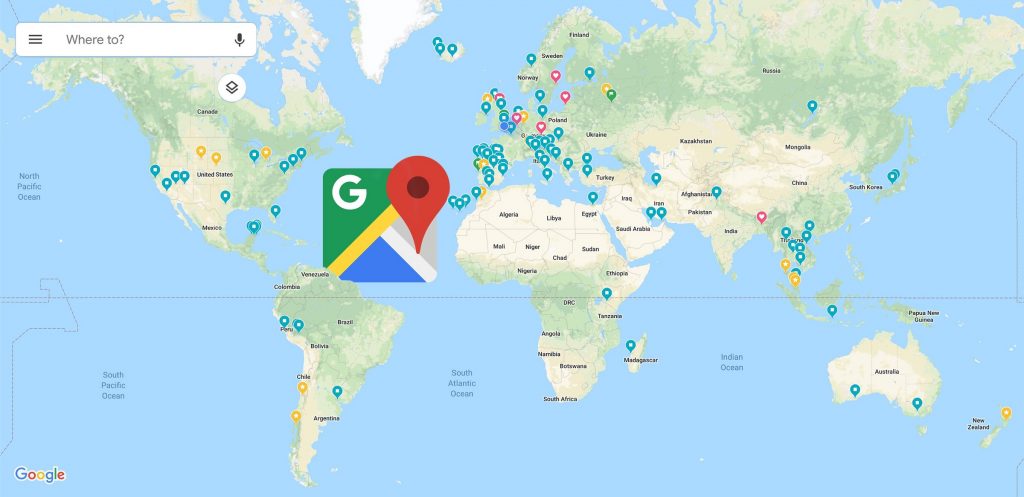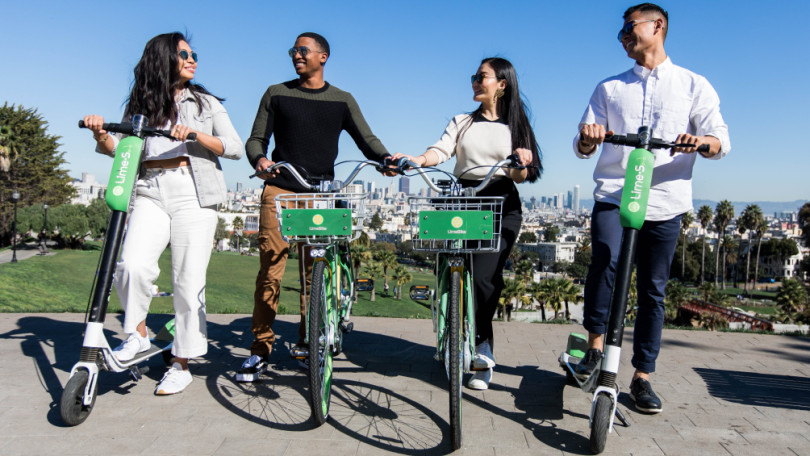Google Launches AI Travel Enhancements for Search and Maps
Google has unveiled a set of innovative tools designed to revolutionize the way travelers plan and navigate their trips. The tech giant’s latest updates to Google Search and Maps promise to provide users with personalized and seamless travel experiences. One of the standout features introduced is the AI-powered trip itinerary creation tool within Google Search.
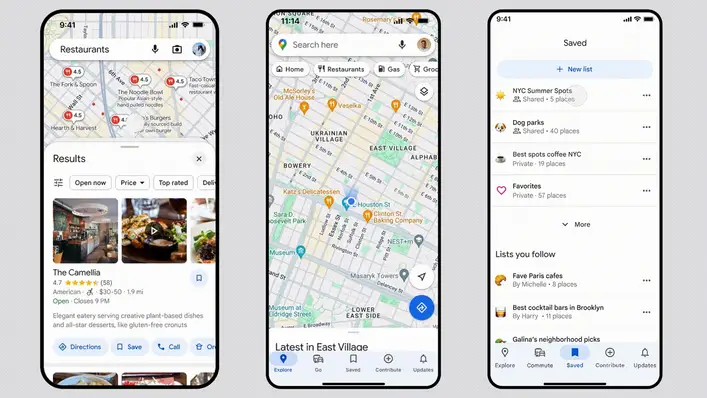
Image Source: fastcompany.com
Users opting into this experimental feature can now prompt Google Search to generate detailed itineraries for specific destinations. These itineraries include flight and hotel options, along with recommendations for attractions and dining experiences. Leveraging a wealth of data from across the web, user reviews, and photos, Google’s AI algorithms curate personalized travel plans that cater to individual preferences.
Moreover, users can easily export these trip ideas to Gmail, Docs, or Maps, streamlining the planning process further. Although currently available only in English within the U.S., Google’s ongoing experiments with generative AI showcase its commitment to enhancing user experiences and shaping the future of travel planning.
Recommendations and Customizable Lists in Google Maps
In addition to AI-driven trip itineraries, Google Maps is receiving a significant upgrade aimed at enriching users’ exploration of destinations. The app now offers detailed recommendations from locals and trusted publishers like The Infatuation, presenting users with curated lists of trending, top-rated, and hidden gem restaurants.
Furthermore, a new AI-based feature within Google Maps provides users with key photos and summarized reviews of places, facilitating informed decision-making while exploring unfamiliar locations. Users can also organize their lists within the app, linking them to social media content for added context and sharing capabilities.
Threats and Opportunities in the Travel Tech Landscape
As Google continues to expand its suite of travel tools, industry analysts speculate on the implications for smaller companies and established players like Tripadvisor. With Google’s vast resources and cutting-edge AI technologies, competitors face the challenge of staying relevant and innovative in an increasingly AI-driven travel landscape.
The integration of translation capabilities into Google’s Circle to Search tool further enhances its utility for travelers navigating language barriers. This feature, set to roll out on select Android devices, exemplifies Google’s commitment to empowering users with seamless and inclusive travel experiences.
In conclusion, Google’s latest AI-powered travel tools represent a significant leap forward in redefining how travelers plan, explore, and experience the world. While posing challenges for competitors, these innovations offer unparalleled convenience and customization, setting a new standard for the future of travel tech.

I am a law graduate from NLU Lucknow. I have a flair for creative writing and hence in my free time work as a freelance content writer.
